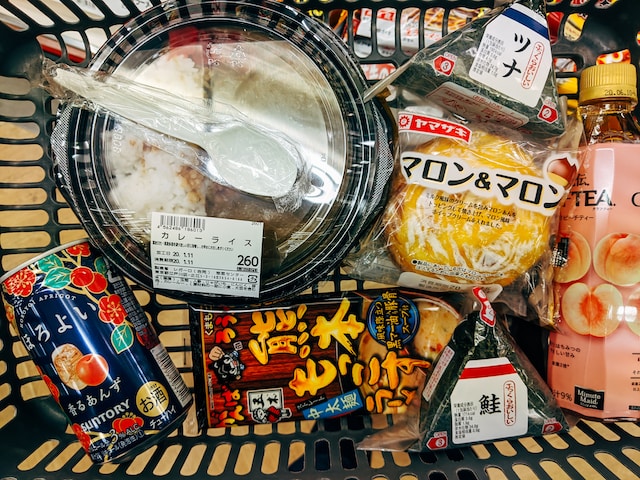
We spend a chunk of our paycheck on food. If you tally up every dollar you spend on food, including groceries, takeout, and dining out, you might be surprised at the total.
No need to feel ashamed!
We all need to eat, and food expenses can really add up, especially when grocery prices hit record highs and continue to rise. To help you reduce those unnecessary expenses in the future, we’ve compiled some of our best money-saving tips.
#1: MAKE A CUSTOM FOOD BUDGET
Taking the time to create a food budget will give you a clear understanding of your actual food expenses and reveal shopping patterns that could lead to potential savings. Your ideal food budget should be tailored to your specific dietary needs and the number of people you’re cooking for, whether that’s a family or just yourself.
To get started, keep track of your grocery spending for a few weeks. Save your receipts, use a budgeting app, or simply jot everything down on an Excel Sheet. Gradually, you’ll gain insights into your spending habits, such as your typical purchases, preferred shopping days, and average spending per trip. This valuable information will enable you to make informed decisions about buying in bulk or opting for more affordable store-brand items over name-brand products.
#2: EMBRACE DRY GOODS
One effective way to slash your grocery bill is to always have affordable staples on hand for quick and easy meals. Items like legumes, rice, pasta, and beans are low-cost and can prevent you from relying on pricier, less healthy alternatives.

Image Credits: unsplash.com
The beauty of dry goods lies not only in their affordability but also in their longer shelf life. Unlike perishable items, they won’t go bad quickly, allowing you to stock up and plan meals well in advance. This will curb the temptation to buy expensive last-minute options when you know you already have your next few meals covered.
#3: UTILIZE THE FREEZER
Maximize the potential of your freezer to save money on groceries. Consider doing a freezer clear-out to make room for various frozen food items that can last up to 6 months.
Here are some freezer-friendly ideas to get you started: frozen fish, frozen veggies, frozen fruits, and frozen chicken.
Additionally, many fresh foods freeze well, such as bread, meat, chicken, hard cheeses, milk, and spinach. An excellent tip is to cook a whole frozen chicken or chicken pieces, which is a cost-effective way to enjoy meat.
#4: OPT FOR MEAT ALTERNATIVES
Another smart approach to cutting down on grocery expenses is to reduce meat consumption. Incorporate at least 1-2 meatless days into your weekly meal plan and explore other protein sources.
Great alternatives to meat include:
– Canned fish
– Eggs
– Lentils
– Chickpeas
– Tofu

Image Credits: unsplash.com
These options are not only budget-friendly but also nutritious and easy to prepare. Embracing various protein sources will add diversity to your meals and bring down your overall grocery costs, especially if meat is a regular part of your shopping list.
#5: SAVE MONEY WITH VEGGIES
When trying to save money, consider growing pricier vegetables, like tomatoes and melons, or cultivating large quantities of regularly consumed veggies. Some cost-effective vegetables to consider are beans, beets, onions, spinach, broccoli, peppers, carrots, cucumbers, tomatoes, potatoes, lettuce, and peas.
By incorporating these money-saving strategies into your food shopping routine, you’ll be well on your way to reducing expenses and enjoying more savings in the long run.
Bon appétit and happy savings!





